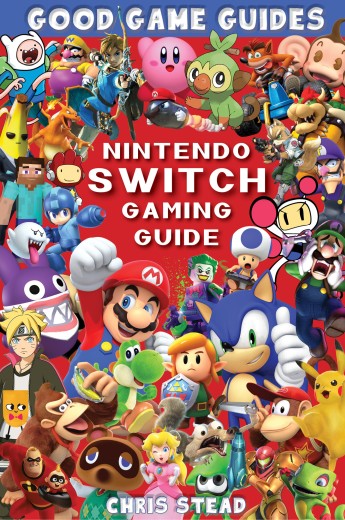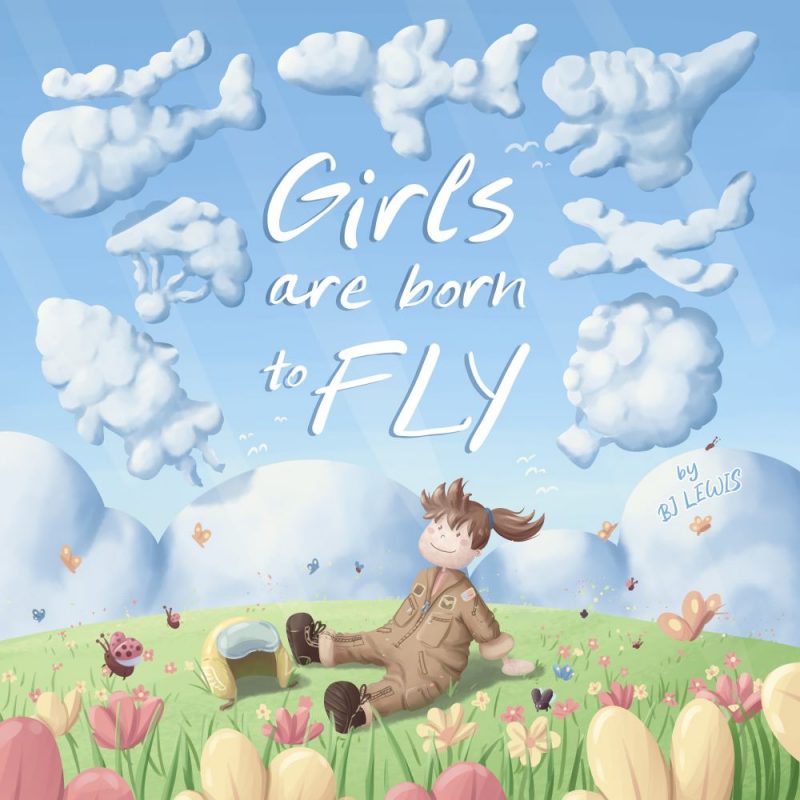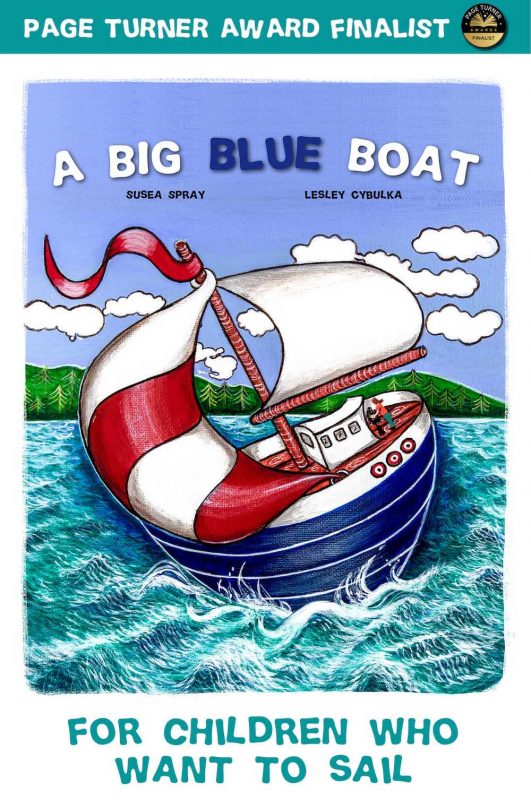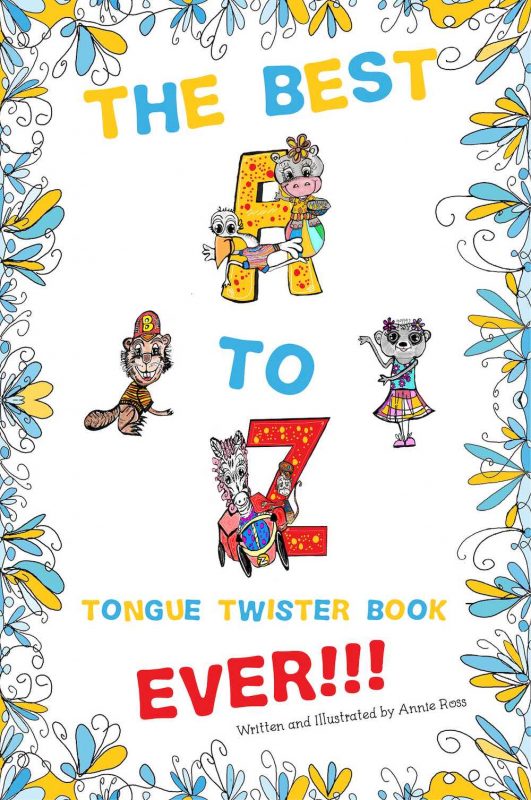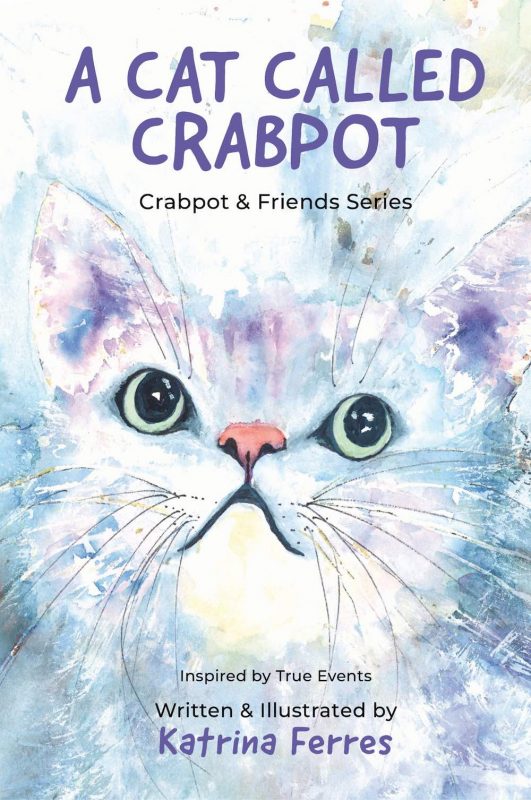Canadian author Mary Feliciani explores the value of friendship in her children’s picture book, The Magic Leaf.
With a background in psychology and a career as a school teacher, it’s fair to say Mary Feliciani is well positioned to write for children. The Magic Leaf is her second children’s book, following on from Big and Small in the Mirror. While the two books offer disparate art styles, they are unified by common characters and a common theme: human relationships. In her first book she spoke to children about human relationships through the lens of bullying. In this second book, it’s about companionship.
The Magic Leaf Review – Story Review
The Magic Leaf begins with an introduction to a young boy called Carlo. He lives in a small Italian town that retains the buildings and feel of its medieval origins. Feliciani is a self-confessed travel addict, and I instantly got the impression that this this village, Roseto, resonates with somewhere she has visited. Certainly, she paints the feel of the place in a way that’s quite intimate. For example, the fact Carlo’s friend, Marco, lives in an old castle that has been converted into apartments.
One day Carlo is complaining about the long walk he must take every day up the tallest mountain to deliver food and drink to his father. Marco decides to help and walk with his friend. He also gives Carlo a magic leaf that he says will make the walk easier. As they journey up the mountainside together, they talk and play so much that time flies and they get there before they know it. Subsequently, this short and sweet tale teaches the value of companionship in an effective way. The metaphor of the magic leaf is particularly cute.
I am a little torn by Feliciani’s writing style. Her use of punchy, small sentences doesn’t flow off the tongue all that smoothly. And often I felt like a little bit more embellishment and flow between sentences could have further immersed readers in the tale. The book also feels like it ends one page short, losing some of the subtlety in his message with a blunt climax.
The Magic Leaf – Art Review
However, I love the imagery in her words. The bite-sized nuggets of extra information no doubt help the children imagine their own Roseta in their minds. And I think it’s great that this book not only passes on its message about friendship, but also endeavours to open children up to a different culture. There’s plenty of extra information here. And while some of the words - merchant, panini, gelato – may need a bit of explaining, it adds to the fun.
For her second book, Mary Feliciani has teamed up with a new artist, Tina Durocher. Durocher’s work feels like it was drawn on individual pieces of paper, and then physically glued together layer by layer to create each scene. It’s quite different and definitely eye-catching. You almost feel like you can reach out and feel the textures and pieces of paper under your fingers. Occasionally I did yearn for more detail in the landscape, but only because the text offers so much visual context.
If you’re interested in a universal tale of companionship told layered with plenty of cultural insights, Mary Feliciani’s The Magic Leaf is worth the trip.
The Magic Leaf – Technical Review
The design of The Magic Leaf is straight-forward and consistent. In fact, it almost carries across the look of a tome from medieval times. As a result, I’d like to have seen what the book looked like with a textured background paper as opposed to a flat white. Maybe even a second border to create that tome feel. The digital version of the book hasn’t been specifically optimised for the format, but it gets away with it. The small, portrait pages and easy to read font ensure the reading experience is fine even on a mobile phone. I also appreciated the little leaf image under the page number, which is a nice touch.
The text layout smartly keeps only a minimum of words alongside each image. The design of text on the right page, images on the left, is maintained throughout the book. On small devices like a phone this means you cannot as easily see the image when you are reading the text, but that’s a small issue. Personally I would have opted for a paragraph break rather than an indent on the pages featuring dialogue. I think would have made the experience slightly easier to read. But in general, the design is smart, functional and doesn’t detract from the images.
Essential Info:
Author: Mary Feliciani
Illustrator: Tina Durocher
Suitable For: Ages 3 to 7
Where to Buy: Amazon
Where to Next?
Are you looking for more great children’s books, then visit the Old Mate Media library. If you are an author or illustrator looking to make their own children’s book, then look through our services in the main menu, or read our step-by-step guide. For authors and illustrators already published who would like to have their book reviewed, then head here to learn more.


